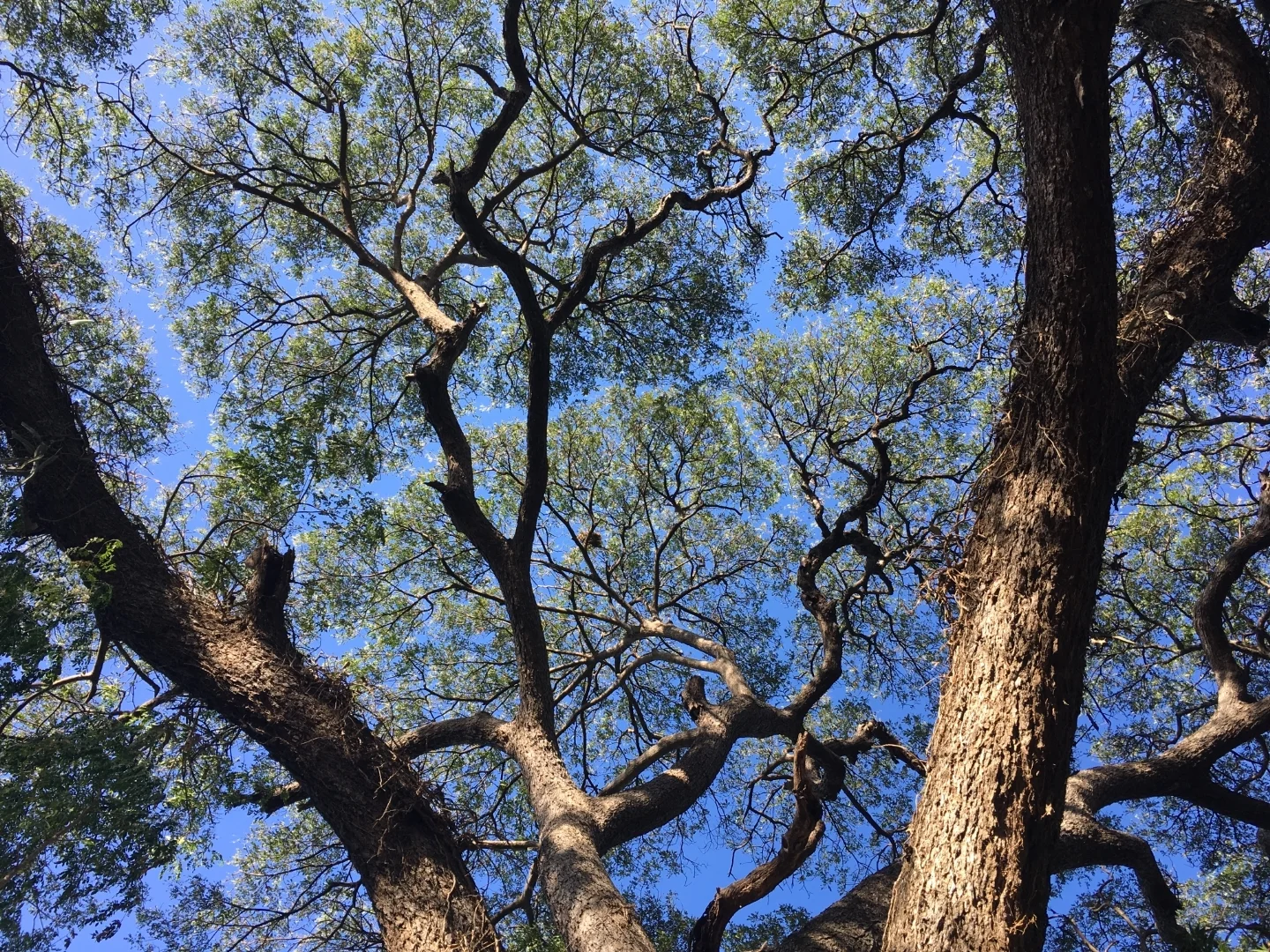Why Surfing is the Best
/To those who have not surfed, the sport is just another water activity. A leisurely, recreational, or sometimes competitive pursuit, like skateboarding, snowboarding, or wake boarding for that matter. It’s just another kind of board.
Surfing, however, at least to me and to many practitioners, is on a whole ‘nother level.
I tried surfing for the first time in the Dominican Republic on a spring break trip. Like anything I do for the first time, I was terrible at it. My teacher literally pulled me and pushed me until I barely stood up on a moving wave and promptly fell over. An hour-long lesson…2 seconds of upright "surfing". Boom! I was hooked.
There is something about an activity so challenging but with very noticeable progress that makes surfing so addicting. Each little progression, each time you do something new, you feel like a champion. The first time you stand up, the first time you catch a wave yourself, the first time you make a turn, the first time you catch a big wave, the first time you catch a really big wave, with your eyes wide and your heart pounding out of your chest, the first time you get “tubed”, when you are literally inside the breaking wave… and countless tiny steps in between. The reward of just a few seconds of riding a wave is unlike anything I have experienced elsewhere.
But there is another, deeper, element of surfing that makes it different from all other sports. When you surf, you are literally on the same wavelength as the ocean, as nature itself. You sit in the water on your board waiting for the next set of waves to come in, and with each little wave that passes underneath your board you move up and down. Maybe the sun is setting and bathing the ocean in a pink and orange hue, maybe a pelican passes an inch or two above the surface looking for its dinner, maybe you forget about your work, your responsibilities, really everything other than where you are at that moment. Surfing is spiritual and meditative unlike any other sport I’ve tried.
If you haven’t tried it yet, needless to say, I highly recommend it.
Here is your chance: From June 28th to July 7, Learn from Travel is hosting Fish School in Panama. You will learn to surf! AND ALSO how to fish and how to prepare seafood recipes.





























